Disclosure: This article contains affiliate links. We may earn a commission from purchases at no extra cost to you, which helps our travel content.
My recent business trip to the Dominican Republic gifted me with an unexpected weekend in La Vega, a city often overshadowed by its coastal counterparts but harboring some of the island's most authentic artisanal treasures. As someone who has navigated marketplaces from Tokyo to Cape Town, I found La Vega's handicraft scene refreshingly unpretentious yet rich with cultural significance. The city, nestled in the fertile Cibao Valley, has historically been a meeting point for artisans from across the country, creating a melting pot of traditional Dominican craftsmanship. Whether you're traveling with colleagues, family, or friends, La Vega offers an accessible entry point into Dominican culture through its artisanal goods—no expert haggling skills required, though a few Spanish phrases certainly help. ¡Vamos a descubrir! Let's discover the markets and shops where authentic Dominican creativity thrives, all without breaking the bank.
Mercado Municipal: The Heart of Local Commerce
The Mercado Municipal stands as La Vega's commercial pulse—a sensory symphony that has remained largely unchanged despite my numerous visits over the years. Located in the city center, this market operates daily from 7 AM to 5 PM, though I've found the sweet spot for shopping is between 9-11 AM when stalls are fully set up but before the midday heat intensifies.
Unlike the tourist-oriented markets of Punta Cana or Santo Domingo, the Mercado Municipal primarily serves locals, which translates to authentic pricing and genuine interactions. The market's layout follows an informal organization where similar products cluster together, making it easier to compare offerings and prices.
On my recent visit, I spent a fascinating morning observing how local artisans have adapted traditional techniques to contemporary tastes. The wooden section particularly impressed me, with artisans crafting everything from practical kitchen utensils to ornate larimar jewelry boxes. One craftsman, Don Miguel, has been perfecting his mahogany carvings for over four decades—his detailed renditions of local wildlife make for souvenirs with genuine cultural significance.
For those planning a full morning of exploration, I recommend bringing a comfortable crossbody bag that keeps your essentials secure while leaving your hands free to examine the craftsmanship. The market's narrow pathways can get crowded, especially on weekends, so having a bag that stays close to your body is invaluable.
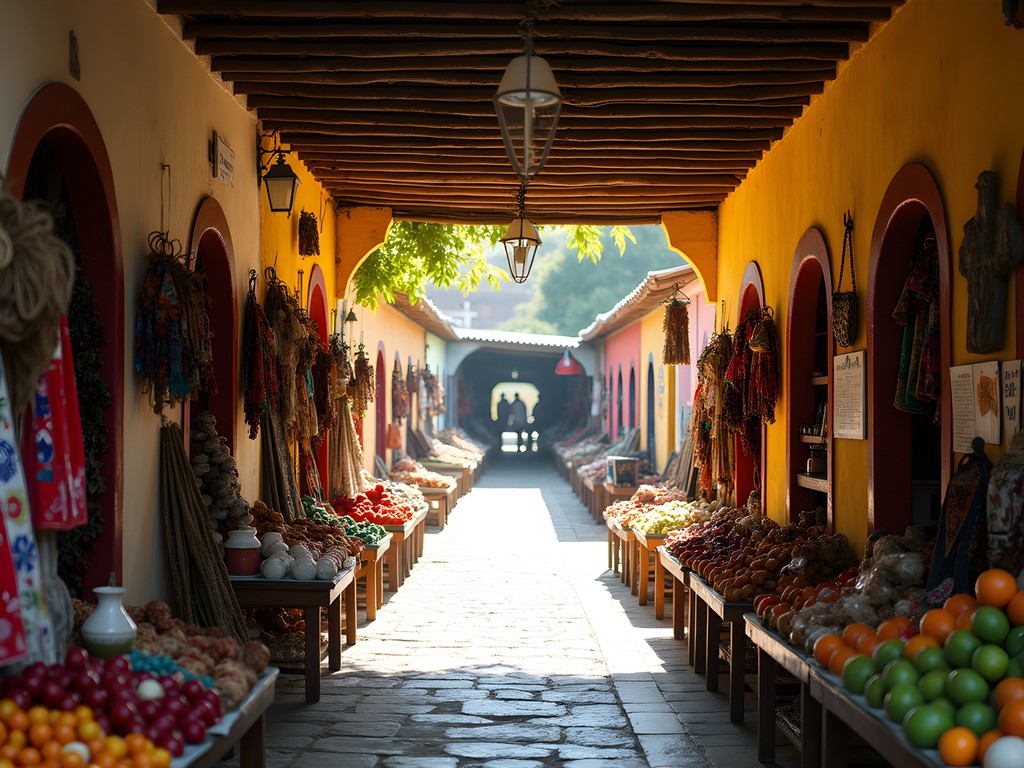
💡 Pro Tips
- Visit early morning (9-11 AM) for the best selection and fewer crowds
- Bring small denominations of Dominican pesos—vendors rarely have change for large bills
- Look for items made from native materials like mahogany, amber, and larimar for authentic souvenirs
Calle del Artesano: Craftsmanship Avenue
Just three blocks east of the central plaza lies Calle del Artesano (Craftsman Street)—a discovery I made entirely by accident during my first visit to La Vega years ago when a wrong turn led to what would become my favorite shopping destination in the Dominican Republic. Unlike the market's energetic chaos, this pedestrianized street offers a more contemplative shopping experience with approximately 15 specialized workshops where artisans create and sell directly to visitors.
What makes this street particularly special is the opportunity to witness the creative process. Most workshops feature an open-concept design where you can observe artisans transforming raw materials into finished pieces. During my recent visit, I spent nearly an hour watching Doña Clara weaving intricate mundillo lace, a Spanish-influenced technique that arrived with colonizers but has been distinctly Dominicanized over centuries.
The ceramics workshop of the Hernández family stands out for their distinctive red clay pieces that incorporate Taíno symbols—a beautiful homage to the island's pre-Columbian heritage. Their small decorative bowls (starting at around 300 pesos) make perfect gifts that combine cultural significance with practical utility.
For those interested in Dominican musical traditions, Taller Santiago specializes in handcrafted percussion instruments. Their miniature tamboras (Dominican drums) are not only decorative but also functional—I've added three to my collection over the years, each with its own distinctive voice and craftsmanship.
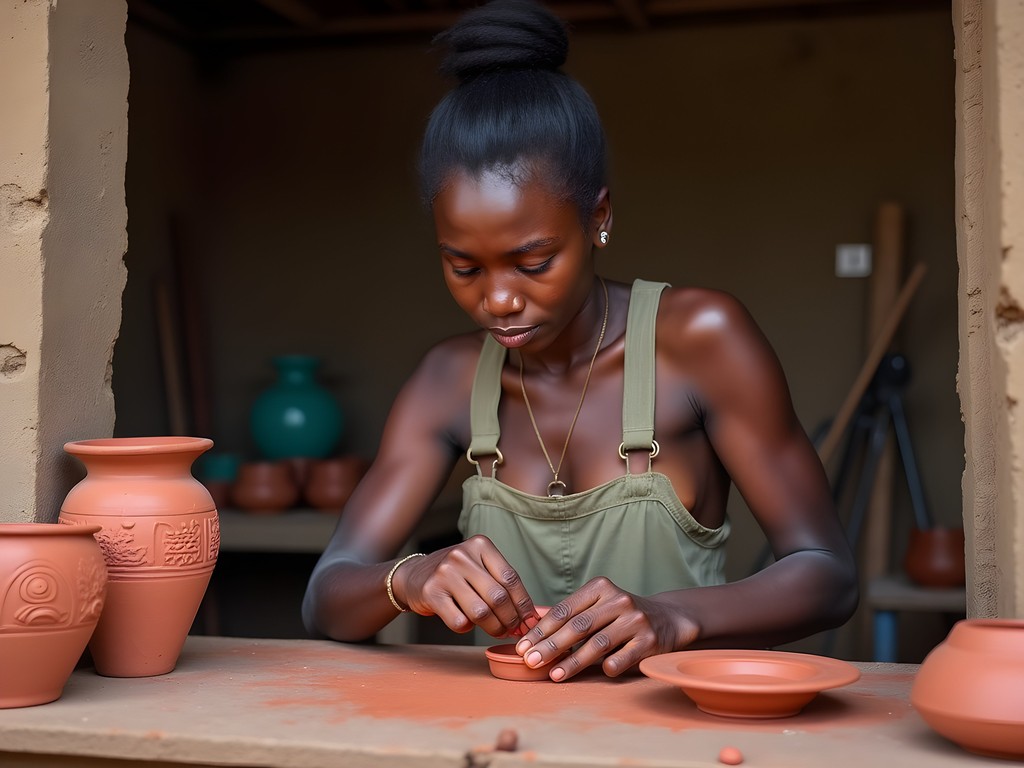
💡 Pro Tips
- Most workshops accept credit cards, but often offer better prices for cash payments
- Ask permission before photographing artisans at work—most are happy to oblige if approached respectfully
- Many artisans offer shipping services for larger items, though costs can be substantial
Carnival Mask Workshops: La Vega's Iconic Craft
La Vega's most distinctive contribution to Dominican cultural heritage must be its carnival traditions, particularly the elaborate masks worn during the February festivities. While I've attended the carnival twice during previous visits, I've found that exploring the mask workshops year-round offers a more intimate understanding of this cultural phenomenon.
Tucked away in the northwestern neighborhood of La Vega, approximately five specialized workshops continue the tradition of crafting caretas (masks) for the annual carnival. These aren't mere tourist trinkets but functional art pieces central to Dominican cultural expression. The masks typically represent devils (diablos cojuelos) with exaggerated features, vibrant colors, and protruding horns.
During my weekend visit last month, I was fortunate to meet Ramón Guzmán, a third-generation mask maker whose workshop has been operating since 1947. The process of creating these masks is fascinating—beginning with paper mache or carved wood bases, then layered with intricate details and finished with brilliantly colored paints. The smaller decorative versions start around 1,500 pesos, while full-sized authentic masks can command 5,000+ pesos depending on complexity.
What struck me most was Ramón's dedication to sustainability. Unlike some workshops that have switched to synthetic materials, he maintains traditional practices using natural pigments and locally sourced materials. For those interested in documenting this cultural tradition, I recommend bringing a compact camera with good low-light capabilities, as these workshops often have limited natural lighting but fascinating details worth capturing.
While the full-sized masks might be impractical souvenirs for most travelers, many artisans create miniature versions that capture the essence of carnival while fitting easily in luggage. These make for conversation-starting decorative pieces that connect directly to La Vega's living cultural heritage.
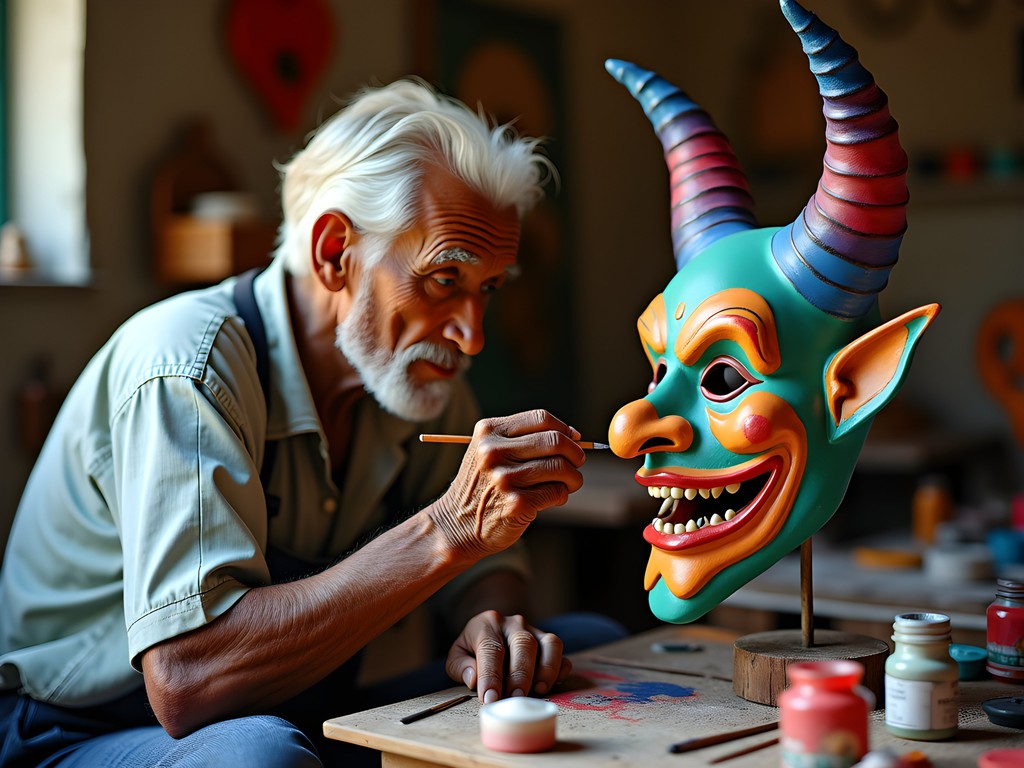
💡 Pro Tips
- Call workshops before visiting as hours can be irregular, especially outside carnival season
- Budget at least 2,000-3,000 pesos for quality miniature masks
- Consider purchasing directly from the artisan rather than through souvenir shops to ensure authenticity and fair pricing
Amber and Larimar: Dominican Gemstone Treasures
My background in marketing has taught me to recognize genuine value—a principle that serves me particularly well when navigating the sometimes confusing world of Dominican gemstones. The Dominican Republic is one of the few places globally where amber containing preserved prehistoric specimens can be found, and larimar (a rare blue pectolite) exists nowhere else in the world.
In La Vega, three reputable jewelry workshops specialize in these national treasures, offering pieces at significantly lower prices than in tourist destinations. My preferred establishment is Taller Gómez, a family-operated workshop where three generations work together creating pieces that range from simple pendants to elaborate statement jewelry.
During my recent visit, I observed their authentication process—genuine amber will float in saltwater and emit a pine scent when rubbed, while authentic larimar displays distinctive blue coloration with white marbling. These simple tests are performed openly for customers, building trust in an industry where counterfeits unfortunately abound.
For business travelers like myself who seek meaningful gifts for colleagues, their collection of amber tie pins and larimar cufflinks (starting around 1,800 pesos) offers professional elegance with cultural significance. Ladies in your group might appreciate the delicate larimar earrings that combine traditional Dominican settings with contemporary designs.
To properly display and protect these special purchases during your travels, I recommend a jewelry travel case with dedicated compartments. This has saved me countless times from tangled chains and misplaced earrings when moving between destinations.
What particularly impresses me about Taller Gómez is their commitment to ethical sourcing. They maintain direct relationships with miners in the amber region of the northern mountains and the larimar mines near Barahona, ensuring fair compensation and environmentally responsible practices—values increasingly important to conscientious travelers.

💡 Pro Tips
- Request a certificate of authenticity when purchasing higher-value pieces
- Learn basic authentication methods before shopping (floating test for amber, color assessment for larimar)
- Consider unset stones if you prefer having jewelry created or modified at home
Textile Treasures: From Traditional to Contemporary
As someone who splits his life between India and Spain, I've developed a deep appreciation for textile traditions—the way fabrics tell stories of cultural heritage while adapting to contemporary needs. La Vega's textile scene offers precisely this fascinating dialogue between past and present.
The Cooperativa de Mujeres Artesanas (Women Artisans' Cooperative) represents my favorite discovery from this most recent visit. Located in a converted colonial house just south of the main plaza, this women-led enterprise brings together 17 artisans who create everything from traditional mundillo lace to contemporary fashion accessories.
What distinguishes their work is the innovative fusion of Dominican textile traditions with practical modern applications. Their table linens featuring merengue dancers embroidered in vibrant threads make for functional souvenirs that bring Dominican energy to any dining experience. The hand-embroidered cotton blouses (1,200-2,000 pesos) incorporate traditional patterns while maintaining contemporary silhouettes suitable for professional settings—I purchased one for my sister that has quickly become her favorite "story piece" at gallery openings.
For travelers with limited luggage space, the cooperative's collection of lightweight cotton scarves offers exceptionally packable souvenirs. I use a packing cube set to organize and compress soft items like these textiles, allowing me to bring home more treasures without exceeding baggage limits.
Beyond the products themselves, what makes this cooperative special is their commitment to economic empowerment. Each purchase directly supports women entrepreneurs, many of whom are single mothers or primary breadwinners for extended families. The cooperative also operates apprenticeship programs ensuring these traditional techniques continue into the next generation.
During my visit, I had the pleasure of participating in a mini-workshop where Doña Esperanza taught our small group basic embroidery stitches used in Dominican textile arts. This hands-on experience created a much deeper connection to the items I ultimately purchased—a connection that transforms simple souvenirs into meaningful mementos.

💡 Pro Tips
- The cooperative offers workshops by appointment (arrange at least one day in advance)
- Ask about their custom embroidery service for personalizing items with names or special dates
- Visit on Tuesday or Thursday mornings when most members are present and working on-site
Final Thoughts
La Vega offers a refreshingly authentic window into Dominican craftsmanship—one that remains largely undiscovered by mass tourism. As I packed my carefully wrapped treasures into my luggage, I reflected on how these artisanal encounters had transformed what could have been a routine business trip extension into a meaningful cultural immersion. Each object carries not just artistic value but the stories of the hands that created them and the traditions they perpetuate. Whether you're extending a business trip like I did or planning a dedicated craft-focused weekend, La Vega rewards those willing to venture beyond the resort destinations. My parting advice: budget extra space in your luggage and time in your itinerary—both will be consumed more quickly than you anticipate when surrounded by such compelling craftsmanship. ¡Hasta la próxima, La Vega! Until next time!
✨ Key Takeaways
- La Vega offers authentic Dominican crafts at significantly better prices than tourist destinations
- Direct interaction with artisans creates more meaningful souvenir experiences
- The city's craft traditions remain authentic because they primarily serve local rather than tourist markets
📋 Practical Information
Best Time to Visit
Year-round, though February offers the bonus of carnival celebrations
Budget Estimate
$50-100 per person for a weekend of craft shopping (excluding accommodations)
Recommended Duration
1-2 days
Difficulty Level
Beginner
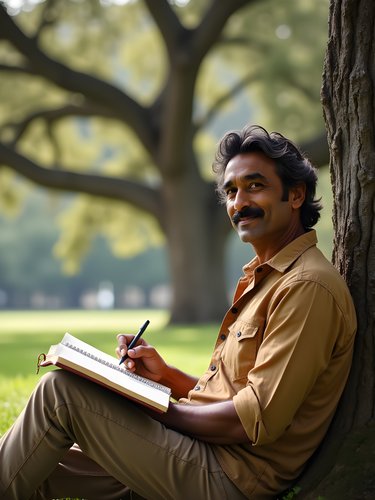
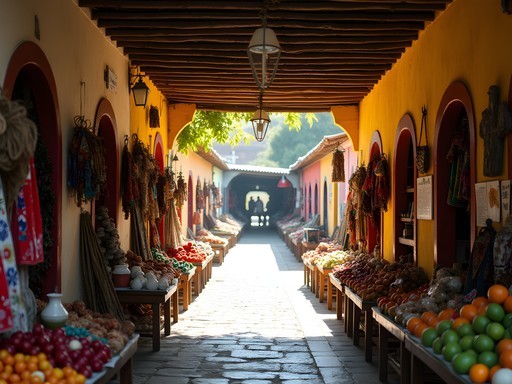
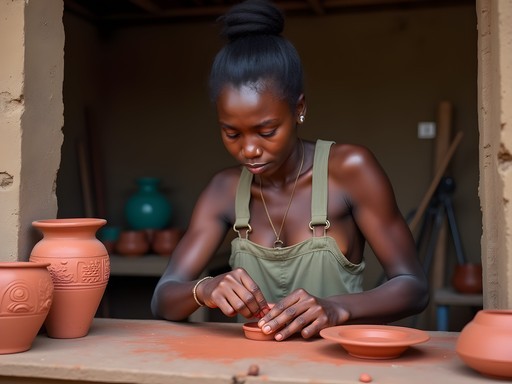
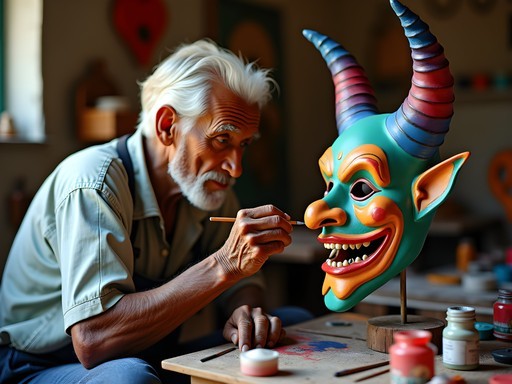

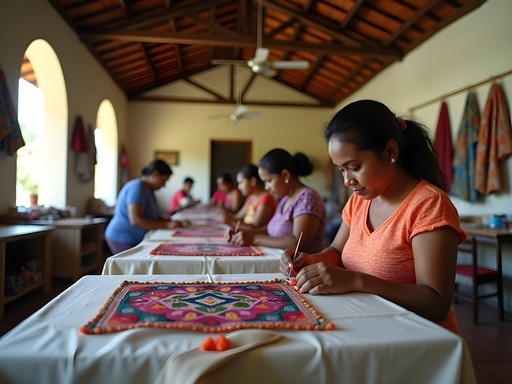


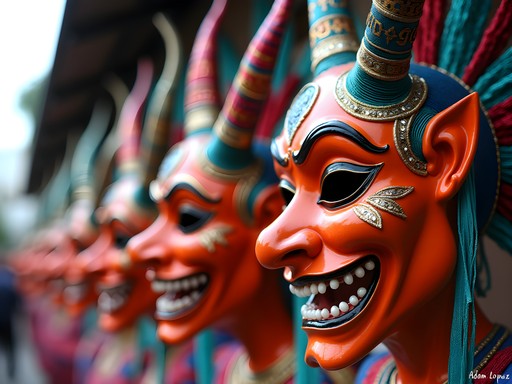

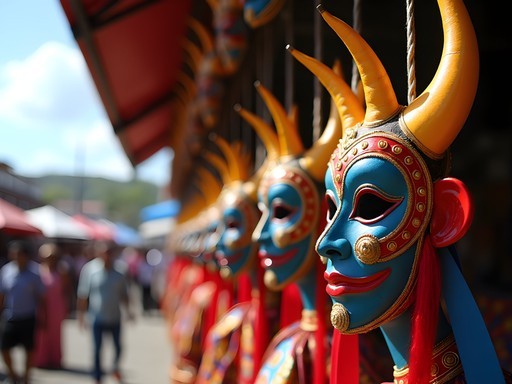




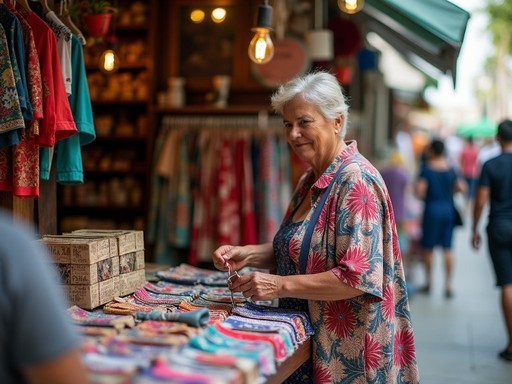
Comments
sunset_chaser
Those amber pieces look gorgeous! Adding this to my DR bucket list!
TravelBug
Just added La Vega to my DR itinerary! Thanks for highlighting somewhere different!
wanderlust_jen
Did you take public transportation to get around La Vega or is it better to hire a driver?
Raj Jackson
I used a mix of both! The local 'guaguas' (minibuses) are super cheap and great for getting around town. For visiting workshops outside the center, I hired a moto-taxi. Most hotels can arrange a driver for the day if you prefer something more comfortable.
wanderlust_jen
Perfect, thanks! I'm all about traveling like locals do so I'll try the guaguas!
DRlover22
If you're into the gemstones, make sure to visit on weekday mornings when the selection is fresh! Weekends get crazy busy with locals shopping. And don't miss trying the street food around Mercado Municipal - the empanadas are amazing!
dominican_traveler
As a local, I recommend visiting the Calle del Artesano on Saturday mornings when all the shops are open and many artisans do demonstrations. The coffee shop at the corner (Café Creativo) has amazing Dominican coffee too!
beach_dreamer
Thanks for the insider tip! Adding this to my itinerary for December.
skymaster
Is La Vega safe for solo travelers? Planning my first DR trip and this sounds way more interesting than just beaches.
Sarah Powell
I went solo and felt completely safe! Just use the usual travel precautions - don't flash valuables, be aware of your surroundings, etc. The locals were incredibly friendly and helpful. I'd recommend staying somewhere central so you can walk to the markets easily. I used my pocket translator a lot since English isn't widely spoken outside tourist areas.
skymaster
That's great to hear! Thanks for the tip about the translator, my Spanish is pretty basic.
Sophia Gomez
This brought back so many memories! During my last business trip to Santo Domingo, I rented a car and made the drive to La Vega specifically for the Mercado Municipal. The fruit vendors at the entrance create these stunning artistic displays with their produce - perfect for photos! I spent hours wandering those narrow aisles. One tip for anyone heading there: go early (around 8am) to watch the market come alive, and bring small bills - most vendors don't have change for larger notes. I found an amber pendant with an ancient insect inside at one of the jewelry stalls that I still wear almost daily. I used my travel journal to sketch some of the mask designs I saw - they're so intricate and meaningful to Dominican culture.
caribbeanlover45
How was the drive from Santo Domingo? Thinking of doing the same next month but wondering if it's easy for tourists to navigate.
Sophia Gomez
The drive was pretty straightforward! About 2 hours on decent highways. Just watch out for motorcycles - they weave through traffic unexpectedly. I used Google Maps offline and had no issues. Definitely worth the trip!
explorediver
Those carnival masks are incredible! I was in La Vega last year during their famous Carnival season and watching the artisans create those colorful masks was mesmerizing. Did you get to see how they make them with the devil horns and all those tiny mirrors? The workshops were so friendly - one artist even let me try painting part of a mask (I totally messed it up lol). Definitely the best souvenir I brought home.
Raj Jackson
Yes! The craftsmanship is incredible. I was lucky enough to visit José's workshop where he showed me the whole process from paper mache base to those intricate paint details. Didn't get to paint one myself though - sounds like you got the full experience!
explorediver
José's workshop! That's exactly where I went! Small world. Did he still have that giant blue and red mask hanging from the ceiling?
Raj Jackson
The very same one! Apparently it's been there for years. He said it was the first competition piece he ever made.
Sarah Powell
Raj, this is such a refreshing take on Dominican souvenirs beyond the typical beach resort trinkets! I spent three weeks exploring the central highlands last year and La Vega was definitely a highlight. The amber shops on Calle del Artesano were incredible - just make sure to bring cash as many smaller vendors don't take cards. Also worth mentioning is the tiny coffee shop at the corner of the Mercado Municipal that sells locally grown beans. I bought several bags to bring home and they were exceptional. Did you make it to any of the workshops where they demonstrate how the carnival masks are made? That was fascinating to watch the process from start to finish.
Raj Jackson
Thanks Sarah! I did catch a mask-making demonstration - absolutely mesmerizing to see the level of detail that goes into each piece. Didn't make it to that coffee shop though, sounds like I missed out!
oceanfan
Those carnival masks look incredible! Been wanting to visit La Vega for years now.
Sarah Powell
They really are spectacular! I have one hanging in my living room from my trip there last year. Total conversation starter!
oceanfan
Oh nice! Did you find the prices reasonable? I've heard they can get expensive for the really detailed ones.
Sarah Powell
It depends! The simple ones were about $20-30, but the museum-quality pieces were $100+. Worth it though for true artisanal work!
Venture X
Premium card with 2X miles, $300 travel credit, Priority Pass